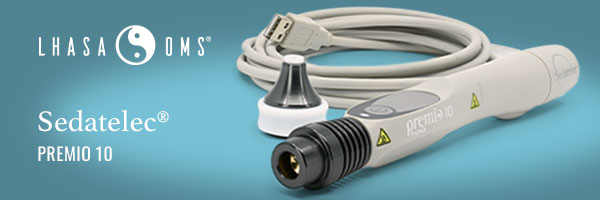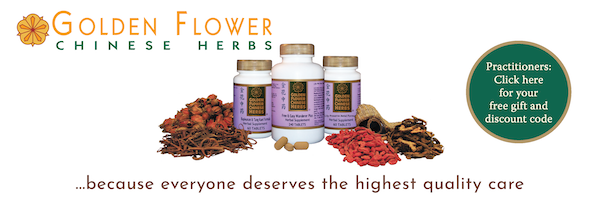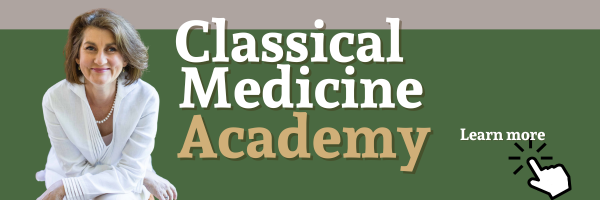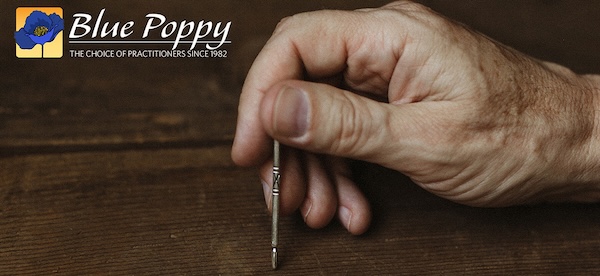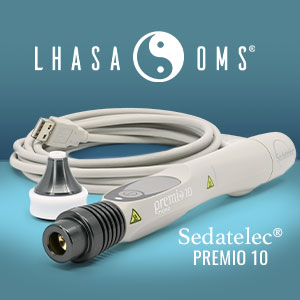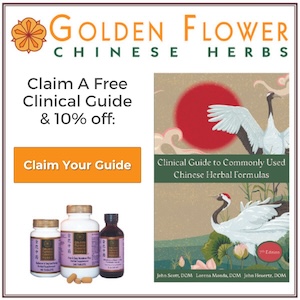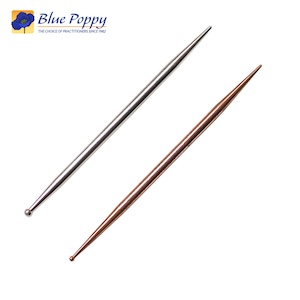Tidal Flows and Channel Resonance
The 子午 zi wu, “Chinese Clock” that helps us to learn the flow of qi through the channels can give us a glimpse into many underlying dynamics of organ relation, influences of the six qi and the five phases.
In this conversation we take a deep gaze into what Brenda Hood likes to call the Tidal Flow Clock.
There is a lot here when you start look below the surface.
In This Conversation We Discuss:
- Originally the “Chinese Clock” was about the channels, not the organs
- Are organs material?
- Abstraction, embodiment and meaning
- Function of the Yangming
- Open, pivot, close
- The Taiyang’s resonance with cold, qi transformation and connection to the Ming Men
- Wind pushes, Fire draws
- Internal and external weather
- Being flexible enough to shift your point of view
- Chinese medicine is not completely rational
- Stems and branches
- Thoughts on the Ming Men and Small Intestine
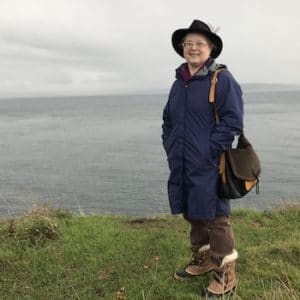 Brenda Hood, Ph.D, L.Ac
Brenda Hood, Ph.D, L.Ac
I was born and raised in Peace River, Canada. Then wound up going to China to study Chinese medicine after I became disillusioned with a degree in psychology. I spent over twenty years there being completely enamored with the medicine and acquiring a few degrees. After returning to North America spent some years teaching Foundations of CM and other basic courses at NUNM. I’m back up in Canada now working on a foundations book to explain the energetic and philosophical bases of the medicine with an eye to using the classics and historical texts as my sources.
Clinically, I started out using the TCM system, but I couldn’t really get it to work like I thought it should. I stepped out of CM academia and spent a lot of time with “folk practitioners” and cultivators. There are a lot of hidden gems in China though living there and speaking/reading the language was definitely required. Through this, I discovered I could feel and sense the Qi in the channels and eventually began to get a sense of the Qi field of my patients. I learned to manipulate these with herbs and acupuncture to help my patients return to health. After returning to North America, I started taking courses in Japanese acupuncture, notably Kiiko Matsumoto style and further developed my diagnostics using the abdomen. I also began to explore sound healing and gemstone therapy all of which I now happily combine in clinic.
The study of CM is endless, it’s a puzzle I am determined to crack. My most recent course in CM (October of 2019) was with Qiological, Toby Daley and the Introduction to Sa’am Acupuncture course. Blew my mind and expanded my understanding of CM yet again. Yes!
For students of CM medicine, learn to understand the classic texts. Mostly, they don't say what you think they do. If possible, learn some written Chinese. Find some way to gain an understanding of the principles of abstraction and an opening into the abstract/integrative/creative mind. Once this opens up, it can re-integrate with the theories proposed by the rational mind and open up a whole new world of understanding. Cultivation, especially meditation and Chinese energy work — Tai Chi, Qigong — also support this way of thinking. Get out into nature and steep yourself in its presence. Nature and our mindful interaction with her was our first classroom. Most of all participate in your life and be happy. This is the medicine of the Heart whose medium is joy. When there is a quiet joy to what you are doing, it reveals a truth and integrity of being.


